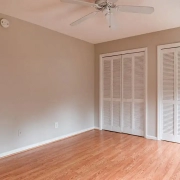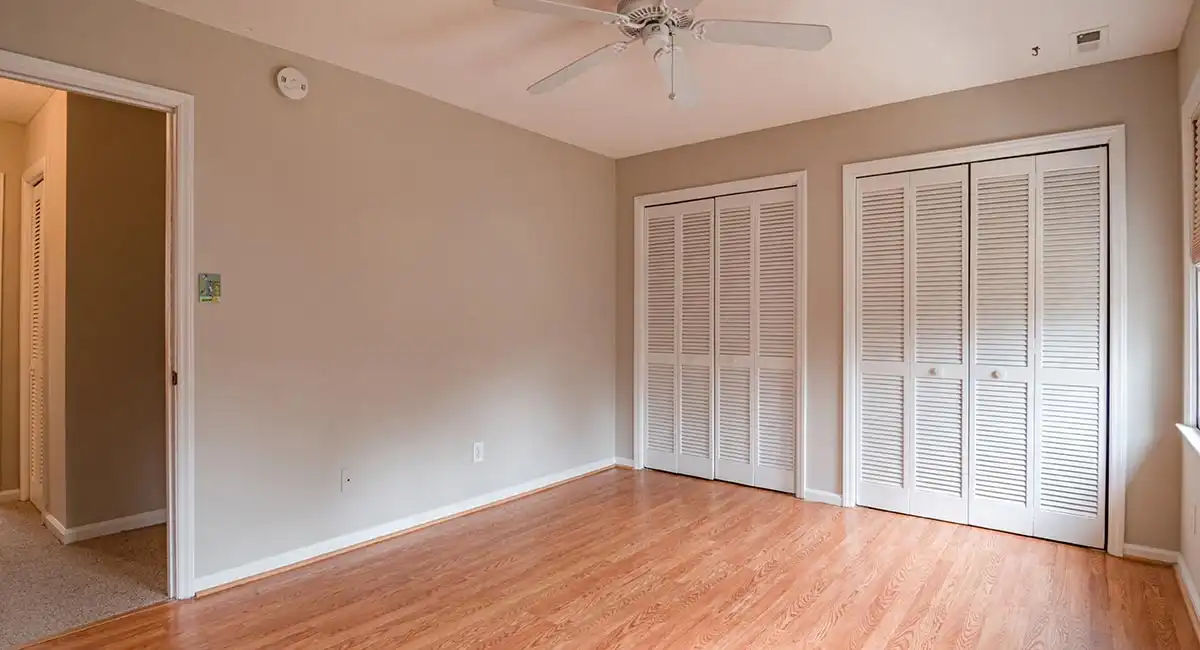PVC Edge Banding For Plywood 10 Things You Should Know
There are several benefits of using PVC edge banding on your plywood projects. Not only is it more durable, but it is also easier to apply and less expensive. In this article, you will learn more about this type of wood veneer. Once you know more about it, you will be able to choose the right type of PVC edge banding for your plywood projects.
PVC edge banding is a wood veneer
If you want a more traditional look for your wood veneer flooring, you may want to consider using PVC edge banding. The advantage of PVC is that it does not split, crack, or rot, and it is completely recyclable. Its excellent processing properties make it a popular option for edge banding.
There are several types of PVC edge banding. One type is prefinished and comes in a variety of colors. Another type is architectural grade, which is available in custom colors. You can also buy edge banding that matches wood veneer or comes in wood grain patterns. Some edgebanding is available in hot melt adhesive and others are preglued.
Wood veneer edge banding is another popular option. It comes in varying thicknesses and is very flexible. It is made from reconstituted veneer sheets and is typically two to three meters long. The benefits of using this type of edge banding are the consistency of color and grain and the lower price.
It is more durable than the self-made edging
PVC edge banding for plywood is a durable solution to cover the raw edges of the panel. This is particularly useful if you have beautiful panel tops and want to protect them against moisture and early damage from insects. Unmatched edges can reduce the aesthetic value of a room and can also cause stains. This solution ensures a flawless finish and is easy to apply. Aside from that, it is environmentally friendly and can be recycled or even burned.
It adds a professional finish to the edges of your furniture and can increase its value. It is also more affordable than solid-wood edging. When used for plywood, it is less likely to become damaged than self-made edging, which requires staining and varnishing. You can even choose between different colored edge banding to match the aesthetic and functional appeal of your furniture.
PVC edge banding for plywood is also stronger than self-made edging. The edge banding should be wider than the plywood edge, and should have an equal overhang on both sides. The edge banding should be applied to start at one end and move across the plywood edge at a slow pace, allowing the adhesive to warm up properly. It is important to keep the ironing level while applying the banding and to wait for the adhesive to completely set.
It is easier to apply
PVC edge banding for plywood is easier than other materials, including veneer. It requires only a sharp knife and a hairdryer or an iron to apply, and it doesn’t take long. PVC edge banding for plywood is also more durable. It’s a great option for plywood.
Edge banding for plywood can be purchased in a variety of colors, widths, and lengths. The edge banding should be cut to the correct length and color, and should be about 1/2 inch longer than the edge of the plywood. The edge banding should be smooth and rounded to achieve a clean look.
If you’re building a cabinet or shelf, plywood with an unfinished edge will cause scratches, dents, and warping. Edge banding makes these edges look like solid wood. This improves the look of your project and makes it easier to move around.
It is less expensive than wood veneer
Edge banding is used to protect the edges of the plywood. Most edge banding comes in rolls with adhesive backing, but you can also buy non-adhesive varieties. Non-adhesive edge banding is more difficult to install. PVC veneer is another option. It is much less expensive than wood veneer.
PVC veneer is less expensive than wood veneer and is not as flexible. But it is more durable and will give the appearance of solid wood. It is also moisture and heat-resistant. PVC edge banding is also more affordable than wood veneer. It is made from polyvinyl chloride (PVC), which is a synthetic plastic polymer. It can be rolled into spools and is relatively flexible. PVC tape is applied using machinery. The strips are then trimmed to fit the edges.
PVC edge banding is less expensive than wood veneer, but you should still be careful to buy the right kind. Make sure the edge banding is cut flush with the edge of the plywood. You should also buy a special tool for the task.





Leave a Reply
Want to join the discussion?Feel free to contribute!